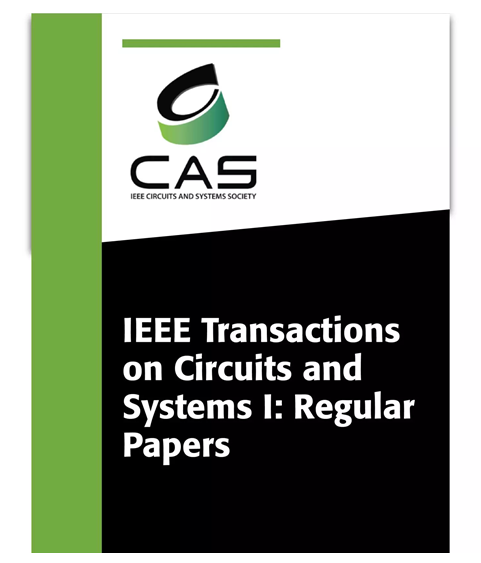Memristor-Based Neural Network Circuit of Full-Function Pavlov Associative Memory With Unconditioned Response Mechanisms
IF 5.2
1区 工程技术
Q1 ENGINEERING, ELECTRICAL & ELECTRONIC
IEEE Transactions on Circuits and Systems I: Regular Papers
Pub Date : 2024-10-29
DOI:10.1109/TCSI.2024.3485163
引用次数: 0
Abstract
Most memristor-based Pavlovian associative memory neural networks explore the impact of relearning and forgetting on associative memory rates. In this paper, a memristor-based neural network circuit with unconditioned response mechanisms is proposed. The circuit is composed of neuron modules, synapse modules, forgetting voltage control modules, and effective time judgment modules. The proposed circuit achieves control of the forgetting rate, which can be adjusted based on the interval of the unconditioned stimuli. Additionally, the concept of effective time judgment has been introduced. If the stimulus interval exceeds the range of effective time, the circuit will automatically proceed with natural forgetting. Furthermore, the synaptic weight between the food neuron and the salivation neuron is no longer fixed but can change based on the method of food presentation. When only looking at the food but not eating it, the connection between the visual neuron and the salivation neuron decreases, resulting in reduced salivation when seeing the food. However, after eating the food, the connection between the visual neuron and the salivation neuron quickly strengthens. This circuit further refines the functionality of neural network circuits based on the mechanisms of unconditional reflexes. Finally, these functions are validated using PSPICE.求助全文
约1分钟内获得全文
求助全文
来源期刊
CiteScore
9.80
自引率
11.80%
发文量
441
审稿时长
2 months
期刊介绍:
TCAS I publishes regular papers in the field specified by the theory, analysis, design, and practical implementations of circuits, and the application of circuit techniques to systems and to signal processing. Included is the whole spectrum from basic scientific theory to industrial applications. The field of interest covered includes: - Circuits: Analog, Digital and Mixed Signal Circuits and Systems - Nonlinear Circuits and Systems, Integrated Sensors, MEMS and Systems on Chip, Nanoscale Circuits and Systems, Optoelectronic - Circuits and Systems, Power Electronics and Systems - Software for Analog-and-Logic Circuits and Systems - Control aspects of Circuits and Systems.

 求助内容:
求助内容: 应助结果提醒方式:
应助结果提醒方式:


